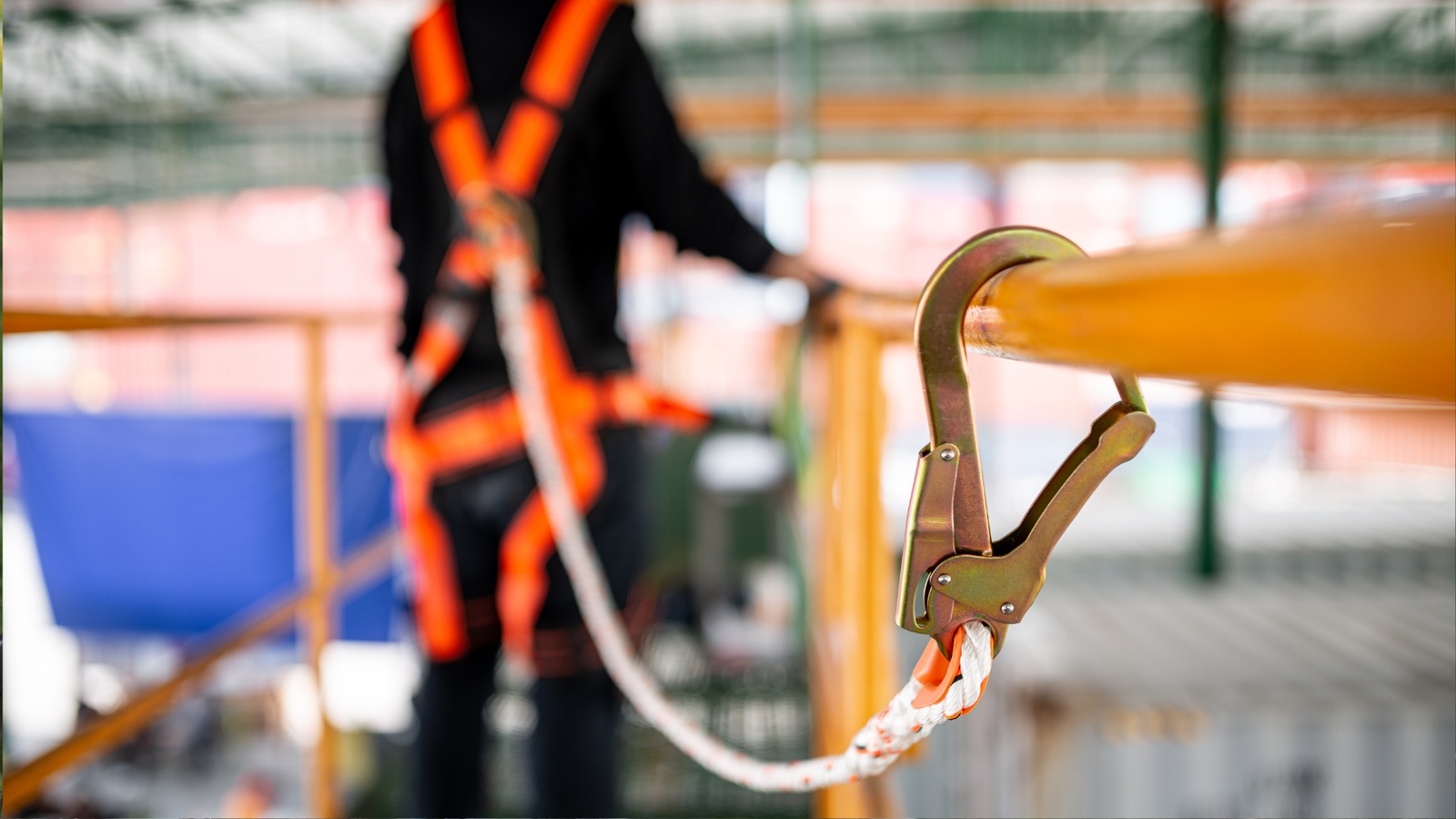Workplace injuries are an unfortunate reality, but proper first aid training can significantly reduce the risks and ensure the safety and well-being of employees. Whether it’s a small burn, a slip, or a more serious injury, having the right first aid skills on hand can prevent further harm and even save lives. AB First Aid Training offers workplace-focused courses designed to provide employees with the skills they need to act confidently during emergencies. Common Workplace Injuries Slips, trips, and falls. Burns, cuts, and abrasions. Sprains, strains, and fractures. Why Every Workplace Needs First Aid Training Quick response to injuries minimizes potential complications. First aid skills can improve employee morale and productivity. Legal requirements for first aid provision in workplaces. Creating a Workplace First Aid Kit Stock up on essential items, such as bandages, dressings, antiseptic wipes, and scissors. Regularly check the kit to ensure it’s complete and up-to-date. Designating First Aid Officers Designate employees as trained first aid officers who are responsible for maintaining first aid supplies and providing assistance when needed. Conclusion Are you ready to ensure your workplace is safe and well-prepared for emergencies? AB First Aid Training provides workplace-first aid courses that can reduce risks and improve safety.Book a course now or call 03 8364 8984 for more information. Questions for Reflection: Does your workplace have a first aid officer? How confident are you in responding to common workplace injuries? Sources Safe Work Australia: Workplace First Aid Requirements WorkSafe Victoria: First Aid in the Workplace
Dealing with Allergic Reactions: Essential First Aid Steps
Allergic reactions can range from mild rashes to life-threatening anaphylaxis. Understanding how to respond appropriately to an allergic reaction could save someone’s life. At AB First Aid Training, we teach you the signs of an allergic reaction and the correct steps to take, whether it’s a mild reaction or anaphylaxis. Signs of an Allergic Reaction Welling, particularly around the face, mouth, and eyes. Difficulty breathing, wheezing, or tightness in the chest. Skin reactions like hives, itching, or redness. Mild vs. Severe Allergic Reactions Mild reactions may include itching, rashes, or a runny nose. Severe reactions can lead to anaphylaxis, characterized by swelling of the throat, difficulty breathing, and a drop in blood pressure. Responding to Anaphylaxis Administer an epinephrine injection (EpiPen) immediately if available. Call 000 for emergency assistance. Monitor the person’s condition until help arrives. Prevention and Safety Measures Encourage people with known allergies to carry an EpiPen at all times. Ensure that those around them are aware of their allergies and know how to respond in case of an emergency. Conclusion Are you prepared to handle an allergic reaction? AB First Aid Training equips you with the necessary knowledge and skills to respond quickly and effectively to allergic emergencies.Sign up now or call us at 03 8364 8984 for more details. Questions for Reflection: Have you or someone you know had an allergic reaction? How did you handle it? How familiar are you with using an EpiPen? Sources Australian Society of Clinical Immunology and Allergy: Anaphylaxis Action Plan Health Direct: Managing Allergies
First Aid for Cuts and Wounds: What You Need to Know
In everyday life, minor cuts and wounds are inevitable, but how you treat them can make a significant difference in healing time and infection prevention. Whether it’s a small paper cut or a deeper laceration, knowing the proper first aid steps can ensure a quick and effective recovery. At AB First Aid Training, we provide comprehensive training that covers all types of injuries, from basic to more severe. Steps for Treating Minor Cuts and Scrape Clean the wound with mild soap and water. Apply an antiseptic to prevent infection. Cover with a sterile bandage or dressing. How to Handle Deep Wounds and Lacerations Apply direct pressure to stop bleeding. If bleeding is severe, elevate the injured area above the heart level. Seek professional medical attention for deep or large cuts. Recognizing Infection Symptoms Redness, swelling, or increased pain at the wound site. Pus or drainage from the wound. Fever or chills. Conclusion How well do you know how to treat cuts and wounds? With AB First Aid Training, you’ll gain the confidence to treat injuries and prevent complications.Enroll in a course or call us at 03 8364 8984 for expert advice. Questions for Reflection: Have you ever had to treat a cut or wound? How did you handle it? Do you feel confident in your ability to prevent infections from wounds? Sources Health Direct: Treating Cuts and Scrapes Better Health Channel: First Aid for Cuts


